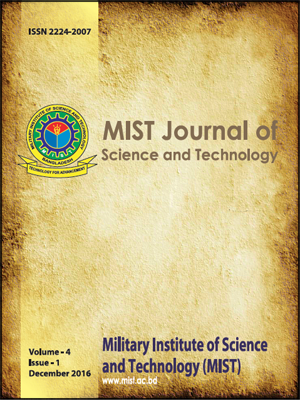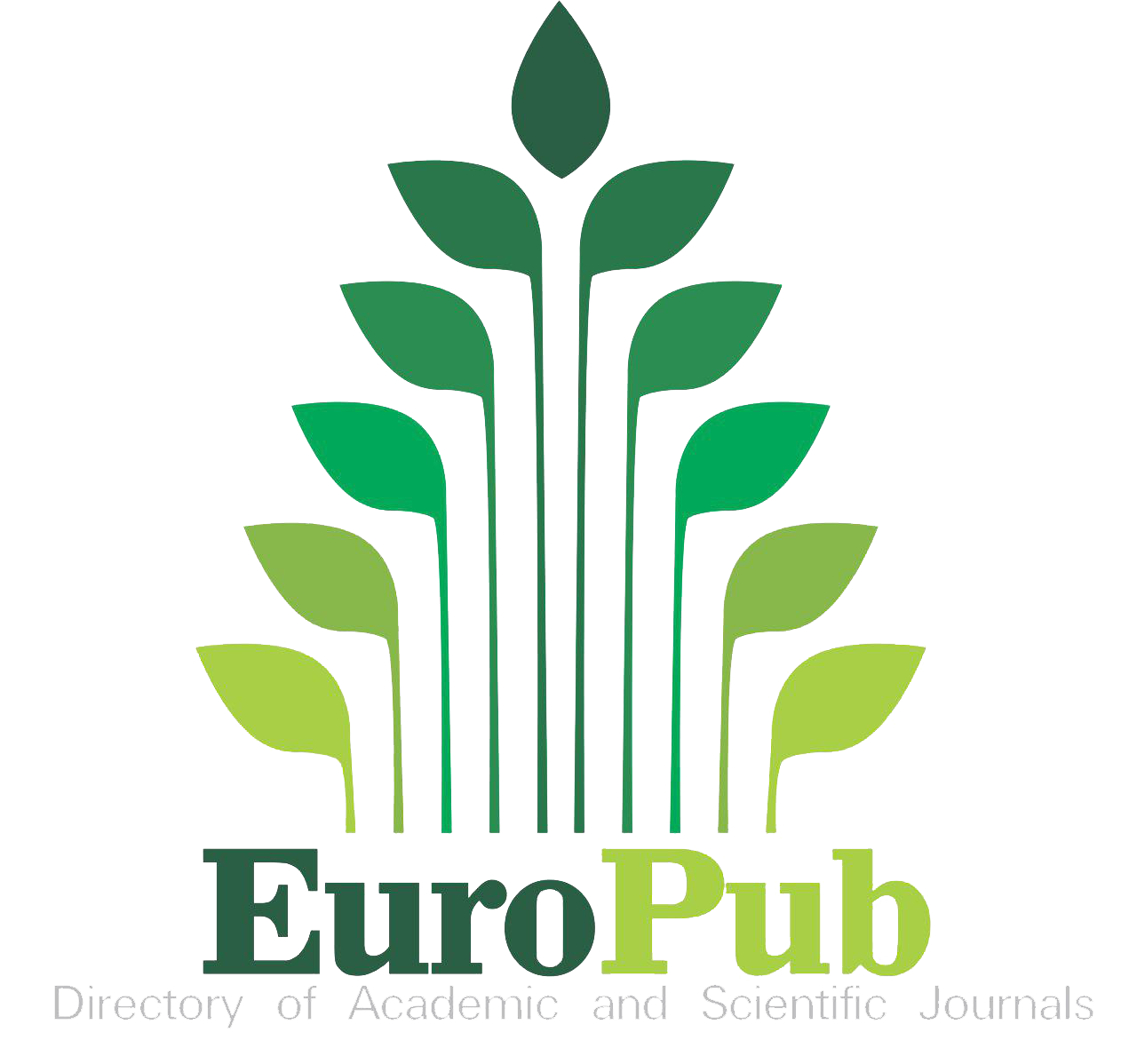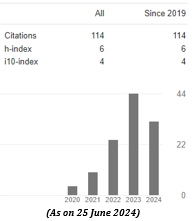EXPRESS BUS RIDERSHIP MODELING IN EMME SOFTWARE
Abstract
EMME software is extensively used in the planning of urban roads and transit networks. But unfortunately, current EMME-based models are not capable of properly representing express bus services in the Greater Toronto Area (GTA). This study focuses on finding a solution to this problem. Three approaches are investigated. First, different combinations of user adjustable parameters of EMME are explored to see if they result in improved express bus assignments. Second, adjustments to the representation of the express bus attributes (artificially decreasing speeds and increasing headways for the express bus routes) are investigated. Finally, a sub-mode split model is developed in which original demand matrix is split into two demand matrices (one for express bus and other for local bus) and assigned separately to the GTA transit network in EMME. For this purpose logit mode choice models are developed and estimated to predict express bus and local bus demand.
Downloads
References
Though MIJST follows the open access policy, the journal holds the copyright of each published items.

This work is licensed under a Creative Commons Attribution-NonCommercial 4.0 International License.
















